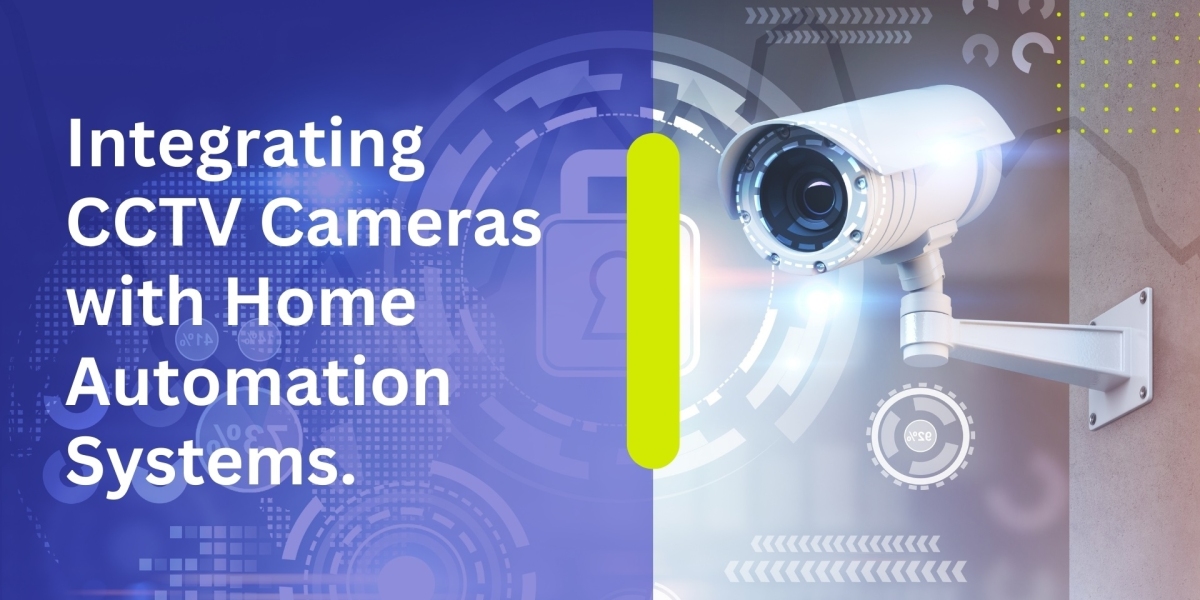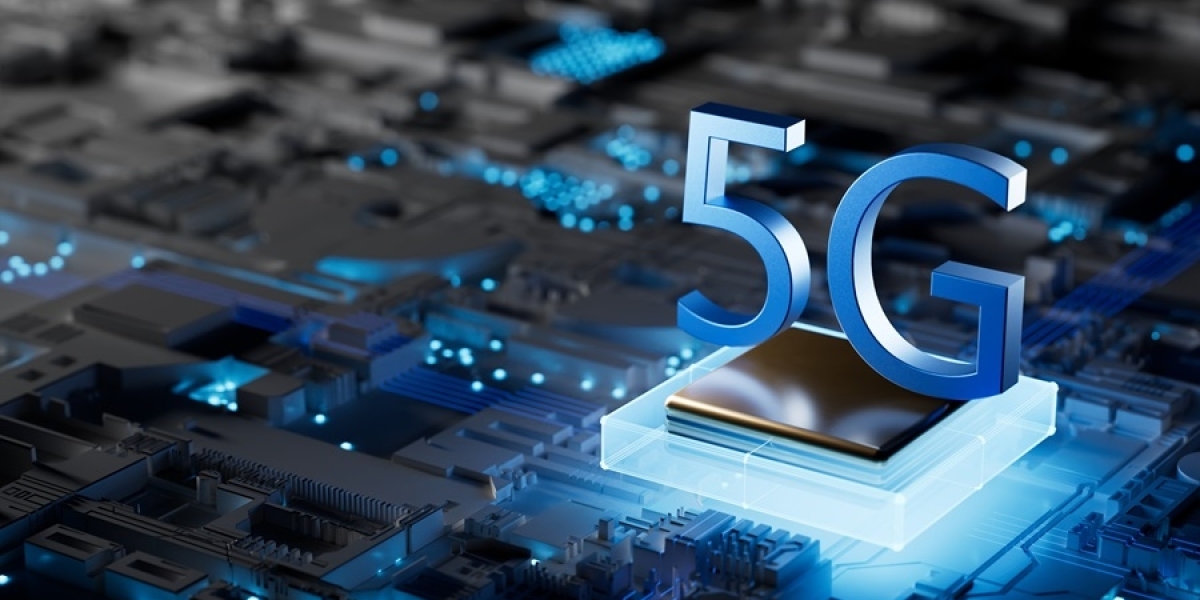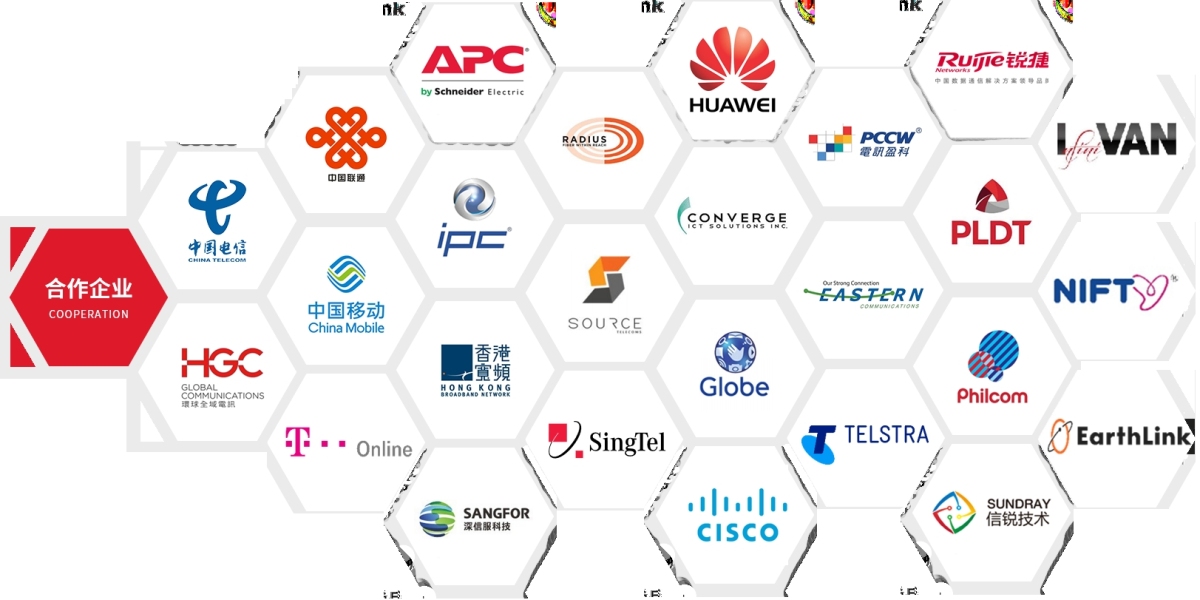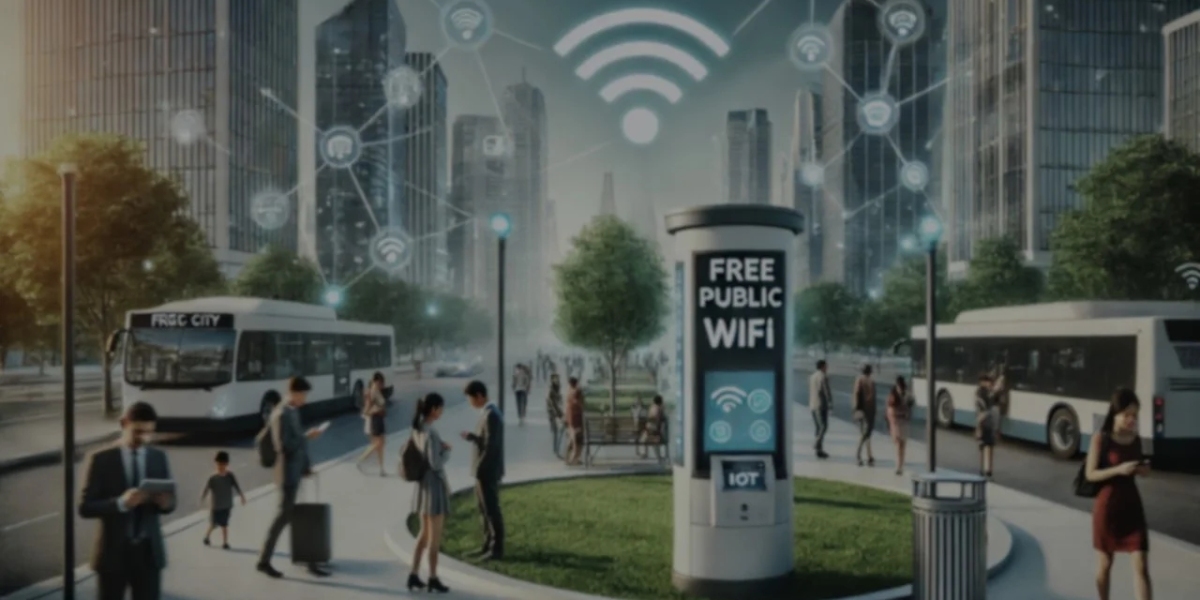Introduction: What Is Smart CCTV Monitoring?
Key Technologies Behind Smart Surveillance
Benefits of Smart CCTV Monitoring in the Philippines
Public Sector and LGU Applications
Business and Community Use Cases
Legal and Data Privacy Considerations
Choosing a Smart CCTV Provider
Frequently Asked Questions (FAQs)
Introduction: What Is Smart CCTV Monitoring?
Smart CCTV monitoring refers to the integration of traditional surveillance systems with modern technologies such as artificial intelligence (AI), cloud computing, real-time analytics, and remote access. Unlike conventional CCTV systems that merely record video footage for later viewing, smart CCTV solutions actively analyze live video streams to detect motion, identify unusual behavior, recognize license plates or faces, and trigger automated alerts.
In the Philippine context, where urban congestion, public safety concerns, and infrastructure vulnerabilities are prevalent, smart CCTV monitoring plays a crucial role in both city management and community protection. These systems are increasingly adopted by local government units (LGUs), commercial establishments, residential communities, and educational institutions.
Through cloud-enabled platforms, CCTV footage can be accessed remotely via mobile devices, stored securely, and integrated into centralized dashboards for real-time situational awareness. When connected to emergency response systems and local command centers, smart CCTV acts as a powerful tool to deter crime, accelerate response times, and optimize resource deployment.
The implementation of smart CCTV solutions aligns with the Philippines’ broader digital transformation agenda, particularly in the realm of smart cities, disaster preparedness, and e-governance. Whether used to monitor traffic flow, prevent theft, or support evidence-based investigations, smart surveillance is becoming a foundational layer of intelligent infrastructure across the country.
Key Technologies Behind Smart Surveillance
Smart CCTV systems are powered by a combination of advanced hardware and intelligent software designed to enhance visibility, automate detection, and enable proactive responses. These technologies work together to convert traditional video monitoring into real-time, data-driven surveillance infrastructure.
1. Artificial Intelligence (AI) and Video Analytics
AI algorithms can analyze live video feeds to detect movement patterns, identify objects, and flag abnormal behavior such as loitering, trespassing, or crowd formation. AI-powered analytics also support facial recognition, people counting, vehicle tracking, and license plate recognition (LPR), enabling automated event alerts without constant human monitoring.
2. Internet of Things (IoT) Integration
Smart CCTV cameras are often part of a broader IoT ecosystem. They can integrate with sensors such as smoke detectors, flood sensors, and motion triggers to enable coordinated alerts and responses. For example, a camera near a flood-prone area can work with a water level sensor to automatically notify authorities when thresholds are breached.
3. Cloud-Based Storage and Access
Unlike older systems that rely on DVRs or NVRs with limited capacity, modern CCTV solutions use cloud storage for long-term archiving and remote access. This allows footage to be retrieved from anywhere and protects it from physical tampering or loss due to local hardware failure.
4. Edge Computing
To reduce latency and dependency on internet connectivity, some smart cameras are equipped with edge processing capabilities. This means video analysis occurs within the device itself, allowing real-time alerts even in low-bandwidth areas.
5. Remote Viewing and Mobile Applications
Smart surveillance platforms often come with apps or web portals that let users monitor live feeds, review alerts, and manage camera settings from smartphones or computers. This is especially useful for LGUs and business owners who need round-the-clock visibility across multiple locations.
6. Centralized Command Center Integration
In smart city deployments, CCTV systems are linked to municipal command centers. Live feeds, alert notifications, and system health status are centralized on a single dashboard, enabling faster coordination among public safety, traffic, and emergency teams.
7. Encrypted Transmission and Cybersecurity
Given the sensitivity of surveillance data, modern systems use encrypted connections (SSL/TLS), secure logins, and user access controls to protect against hacking and unauthorized access. Some solutions also include audit trails and multi-factor authentication.
By combining these technologies, smart CCTV systems provide not just footage — but actionable intelligence. They enable city governments, businesses, and communities to move from reactive monitoring to proactive threat detection and response.
Benefits of Smart CCTV Monitoring in the Philippines
The adoption of smart CCTV monitoring systems in the Philippines delivers a wide range of benefits for both public sector entities and private stakeholders. From enhancing security to enabling better governance, these systems are reshaping how surveillance is conducted across the country.
1. Enhanced Public Safety and Crime Deterrence
Smart surveillance systems can automatically detect and alert authorities about suspicious activity, such as loitering near ATMs, unauthorized access to restricted areas, or crowd formation during curfew hours. The presence of visible smart cameras also acts as a deterrent against petty crimes and vandalism.
2. Real-Time Response to Emergencies
By integrating with command centers and emergency hotlines, smart CCTV systems enable authorities to respond faster to incidents. For example, if a vehicular accident occurs, the system can automatically flag it and notify the nearest traffic or medical unit.
3. Data-Driven Decision Making
With analytics and reporting tools, LGUs and organizations can use CCTV data to understand behavior patterns, monitor foot traffic, or analyze vehicle flow. This information supports infrastructure planning, crowd control, and disaster preparedness.
4. Remote Monitoring and Scalability
Municipalities and barangays can monitor multiple zones without requiring personnel on-site. This is especially useful for managing remote areas or distributed locations like public schools, parks, markets, or terminals. Cloud-based platforms allow seamless expansion as needs grow.
5. Improved Traffic Management
Smart CCTV systems installed at intersections or main roads help monitor vehicle congestion, illegal parking, and traffic rule violations. Traffic command centers use these feeds to manage stoplight patterns, dispatch enforcers, or issue automated tickets.
6. Support for Investigations and Legal Evidence
Recorded footage from smart CCTV systems is time-stamped, high-resolution, and tamper-proof — making it admissible in court for resolving crimes, administrative disputes, or accidents. Analytics features can also help investigators trace movement timelines.
7. Integration with Other Smart City Tools
Smart surveillance is not a standalone system; it works in tandem with other technologies like GIS mapping, public address systems, AI chatbots, and disaster alert platforms. This ecosystem enhances city-wide coordination and situational awareness.
8. Cost Efficiency Over Time
Although initial investment may be higher, smart CCTV systems reduce the need for manual patrolling, repetitive checks, and reactive maintenance. They also minimize losses due to undetected incidents or delayed response.
For both highly urbanized cities like Manila and emerging digital towns across the provinces, smart CCTV monitoring represents a strategic investment in long-term security, efficiency, and citizen trust.
Public Sector and LGU Applications
Local government units (LGUs) across the Philippines are at the forefront of adopting smart CCTV systems to improve public safety, governance, and service delivery. From barangays to city halls, these systems are becoming essential tools for real-time monitoring, crime prevention, and situational response.
1. Barangay Command Centers
Many barangays now operate small-scale command centers equipped with smart CCTV feeds covering their streets, covered courts, community halls, and entry points. These centers allow barangay tanods and public safety officers to monitor local activity, respond to emergencies, and record incidents for documentation.
2. City-Wide Surveillance Networks
Larger cities like Quezon City, Davao, and Baguio have implemented extensive surveillance networks connected to central command centers. These systems monitor traffic intersections, marketplaces, and transport terminals. The footage is often integrated with emergency response hotlines (such as 911) for quick dispatch of responders.
3. School Zone Monitoring
LGUs support public school security by installing smart cameras at gates, playgrounds, and hallways. This helps prevent incidents such as bullying, unauthorized access, or after-hours vandalism. In some cities, school footage can be viewed by education officers or local police.
4. Disaster and Calamity Response
In typhoon-prone and flood-risk areas, smart CCTV systems are deployed near rivers, evacuation centers, and hazard zones. When combined with water sensors or weather data, these cameras provide real-time visual updates during emergencies, helping decision-makers coordinate responses and alert citizens.
5. Market and Business Permitting Compliance
Public markets, slaughterhouses, and business districts are often monitored for hygiene, licensing, and operational violations. Smart CCTV helps LGUs ensure compliance without requiring constant physical inspections.
6. Curfew and Quarantine Enforcement
During the COVID-19 pandemic, many cities used smart CCTV systems to enforce health protocols, monitor crowding, and identify violators of quarantine policies. The ability to detect mask-wearing or measure social distancing through AI video analytics proved useful during lockdown periods.
7. Community Engagement and Transparency
Some LGUs make live surveillance feeds available to the public via websites or social media, particularly for traffic updates or crowd monitoring during events. This transparency builds public trust and reduces accusations of inaction or corruption.
Through these applications, smart CCTV empowers LGUs to fulfill their mandates more efficiently — enhancing peace and order, improving public services, and strengthening citizen confidence in local governance.
Business and Community Use Cases
Beyond government adoption, smart CCTV monitoring systems are increasingly being deployed by private businesses, residential communities, and institutions throughout the Philippines. These systems offer more than just security — they support operations, compliance, and digital transformation.
1. Malls and Retail Establishments
Shopping malls and department stores use smart surveillance to monitor customer flow, prevent theft, and detect unattended items. AI-powered analytics can even be used to study shopper behavior, optimize store layouts, and improve marketing effectiveness. Footage is also crucial in resolving customer complaints or internal disputes.
2. Office Buildings and BPO Centers
In the business process outsourcing (BPO) sector, smart CCTV systems help ensure 24/7 security, monitor entry and exit points, and verify time-in/time-out records. Some firms integrate their CCTV with biometric or RFID systems to prevent unauthorized access and protect sensitive client data.
3. Warehouses and Logistics Facilities
For companies in logistics, smart cameras are deployed in storage areas, loading bays, and delivery docks. They assist in asset protection, damage investigation, and operational optimization — ensuring shipments are handled correctly and inventory is monitored in real-time.
4. Gated Communities and Condominiums
Residential communities use smart CCTV to monitor common areas, entrances, and perimeters. Systems with facial recognition or license plate recognition (LPR) enhance security while reducing manual labor. Homeowners associations can access footage through mobile apps or dashboards.
5. Banks and Financial Institutions
Banks have long relied on CCTV, but modern smart systems now include real-time intrusion detection, integration with alarm systems, and remote monitoring of ATM activity. Alerts can be sent immediately to security teams or local police.
6. Schools and Universities
Educational institutions use CCTV to maintain safety, prevent bullying or vandalism, and monitor exam sessions. In smart setups, camera feeds can be integrated with student information systems or school-wide PA systems for improved coordination.
7. Religious Institutions and Event Venues
Churches, mosques, and large event venues deploy smart surveillance during major gatherings. Cameras help crowd management, track suspicious behavior, and ensure compliance with venue safety rules. Live monitoring aids in coordinating volunteers or security staff during mass services.
8. Cooperative and SME Use
Even small businesses like sari-sari stores, car washes, and internet cafés are beginning to adopt basic smart CCTV setups — especially when bundled with cloud subscriptions that allow easy access via smartphones. These systems help owners manage operations remotely and reduce shrinkage.
Smart CCTV empowers Philippine communities and enterprises to protect assets, increase efficiency, and build safer environments — all while leveraging digital tools that align with broader national modernization efforts.
Legal and Data Privacy Considerations
As smart CCTV systems become more widespread in the Philippines, it is essential for both government and private users to ensure compliance with existing laws, particularly those related to data privacy and surveillance ethics.
1. The Data Privacy Act of 2012 (RA 10173)
This is the primary legal framework that governs the collection, storage, and processing of personal information in the Philippines. CCTV footage — especially when it includes identifiable faces, license plates, or behaviors — is considered “personal information” under the law.
All CCTV operators, whether LGUs, schools, or private businesses, are required to:
Register with the National Privacy Commission (NPC) if they process personal data in large scale.
Post clear signage in areas under surveillance, informing the public that CCTV is in use.
Implement organizational, physical, and technical security measures, including encrypted storage, user access control, and password protection.
Appoint a Data Protection Officer (DPO) responsible for ensuring ongoing compliance.
Provide data subjects the right to access footage that involves them, unless exempted under lawful conditions.
2. CCTV Policy Guidelines from NPC
The NPC has released several guidelines specific to CCTV use, including:
Purpose limitation: Footage must only be used for declared and lawful purposes (e.g., security, investigation, etc.).
Retention limits: Video recordings should not be stored longer than necessary (typically 30 to 90 days), unless used for investigation.
Access controls: Only authorized personnel should be allowed to view or extract footage.
Breach notification: Any unauthorized access, hacking, or data leak must be reported within 72 hours.
3. Local Ordinances and LGU Compliance
Many cities and municipalities have their own ordinances regulating CCTV use in establishments. For example, certain LGUs require all banks, hotels, or schools to maintain functioning surveillance as part of their business permit requirements. Some cities also standardize integration protocols for linking private CCTVs to government command centers.
4. Human Rights and Ethics
While smart surveillance improves security, it can also raise concerns about over-monitoring and privacy invasion. Authorities and businesses must strike a balance — using technology to protect citizens without violating their rights or freedoms. Mass facial recognition, for example, must be justified and legally grounded.
5. Video Use in Legal Proceedings
CCTV footage may be admissible in court as evidence if it is:
Properly timestamped and unaltered
Stored securely in original form (chain of custody preserved)
Authenticated by a responsible party
Relevant to the case under review
Choosing a Smart CCTV Provider
Selecting the right smart CCTV provider is critical to ensuring the success, reliability, and long-term sustainability of your surveillance system. Whether you are a local government unit, private enterprise, or community association, the provider you choose should align with your technical needs, compliance requirements, and future scalability goals.
1. Local Experience and Reputation
Choose a provider that understands the unique challenges of the Philippine environment — from unstable power in remote barangays to urban congestion and humidity that can affect hardware. Providers with local case studies, municipal projects, or government clients are often better equipped to meet your needs.
2. System Features and Scalability
A good provider should offer modular solutions with AI-powered analytics, cloud integration, edge computing, mobile access, and compatibility with third-party sensors or alarms. If your needs grow — such as adding more cameras or linking to a command center — the system should be easily upgradeable.
3. Compliance with Data Privacy Laws
Your provider should design systems with compliance in mind. This includes secure logins, audit logs, data retention options, and adherence to the Data Privacy Act. Ask if they offer support for registration with the National Privacy Commission and training for your staff on legal responsibilities.
4. Support and Maintenance Services
Reliable after-sales service is essential. Choose a provider that offers local technical support, periodic system checks, hardware replacements, software updates, and remote troubleshooting. Check their response time and availability, especially during holidays or weekends.
5. Deployment Experience in Similar Settings
If you are a barangay, look for a vendor that has successfully deployed smart CCTVs in rural or semi-urban areas. If you’re in retail, ask about their experience with mall surveillance. Providers with experience in your sector can better anticipate issues and offer practical solutions.
6. Integration with Command Centers or LGU Platforms
For public sector buyers, check if the system can integrate with LGU dashboards, traffic command centers, or disaster alert platforms. Some providers, like Suniway, specialize in this type of interoperability — providing a unified view of CCTV, sensors, and alerts in one platform.
7. Cost Transparency and Financing Options
Understand the full cost breakdown — hardware, installation, cloud subscription, software licenses, support fees, and possible expansion costs. Some providers offer financing options or phased implementations to reduce upfront burden.
8. Cybersecurity Standards
Make sure the provider uses encrypted data transmission (SSL/TLS), secure cloud storage, user authentication layers, and regular security patching. Systems that lack strong cybersecurity can become liabilities.
9. Customer Reviews and References
Ask for references from existing clients. Read reviews online. Well-reviewed providers typically have a reputation for responsiveness, uptime, and ease of use.
10. Training and User Support
Even the best systems are ineffective if users can’t operate them. Ask whether training is included for your team — including how to retrieve footage, respond to alerts, and manage storage. Some vendors offer mobile apps or dashboards with multilingual support.
Frequently Asked Questions (FAQs)
Q1: Are smart CCTV systems expensive to install in the Philippines?
While initial costs may be higher than traditional systems due to added AI features and cloud connectivity, prices have significantly dropped in recent years. Barangay-level setups can start around ₱50,000–₱100,000, while city-wide or enterprise-grade systems can range from ₱500,000 to several million pesos depending on scale and integrations.
Q2: Can LGUs get funding or support for CCTV deployment?
Yes. Many LGUs receive assistance through internal funds, DILG grants, or partnerships with DICT or private telcos. Some providers also offer payment terms or modular rollouts based on priority zones.
Q3: Are smart CCTV systems legal? Do they violate privacy?
They are legal as long as operators follow the Data Privacy Act of 2012. Clear signage, proper data retention policies, access control, and system registration with the National Privacy Commission (NPC) help ensure compliance.
Q4: What internet connection is required for cloud-based CCTV?
Most smart systems require at least 3–5 Mbps per camera for live cloud streaming. However, many providers support hybrid recording (local + cloud) and edge processing, so cameras continue working even during intermittent internet outages.
Q5: Can I view camera feeds remotely from my phone?
Yes. Most modern systems offer mobile apps or web dashboards where authorized users can view live feeds, receive motion alerts, or manage recordings in real time.
Q6: Is facial recognition legal in the Philippines?
Yes, but only with strict safeguards. The NPC requires clear justification, secure storage, and public disclosure. It is best used in high-security or government applications with proper data handling protocols.
Q7: How long can footage be stored?
Typical retention periods are 30 to 90 days, depending on storage capacity and legal requirements. Events marked as incidents may be archived for longer, especially if needed for investigations.
Q8: Can smart CCTV systems work in remote areas?
Yes. Using solar power, LTE-based routers, and edge-based analytics, many providers have successfully deployed systems in far-flung barangays without fiber or stable electricity.








